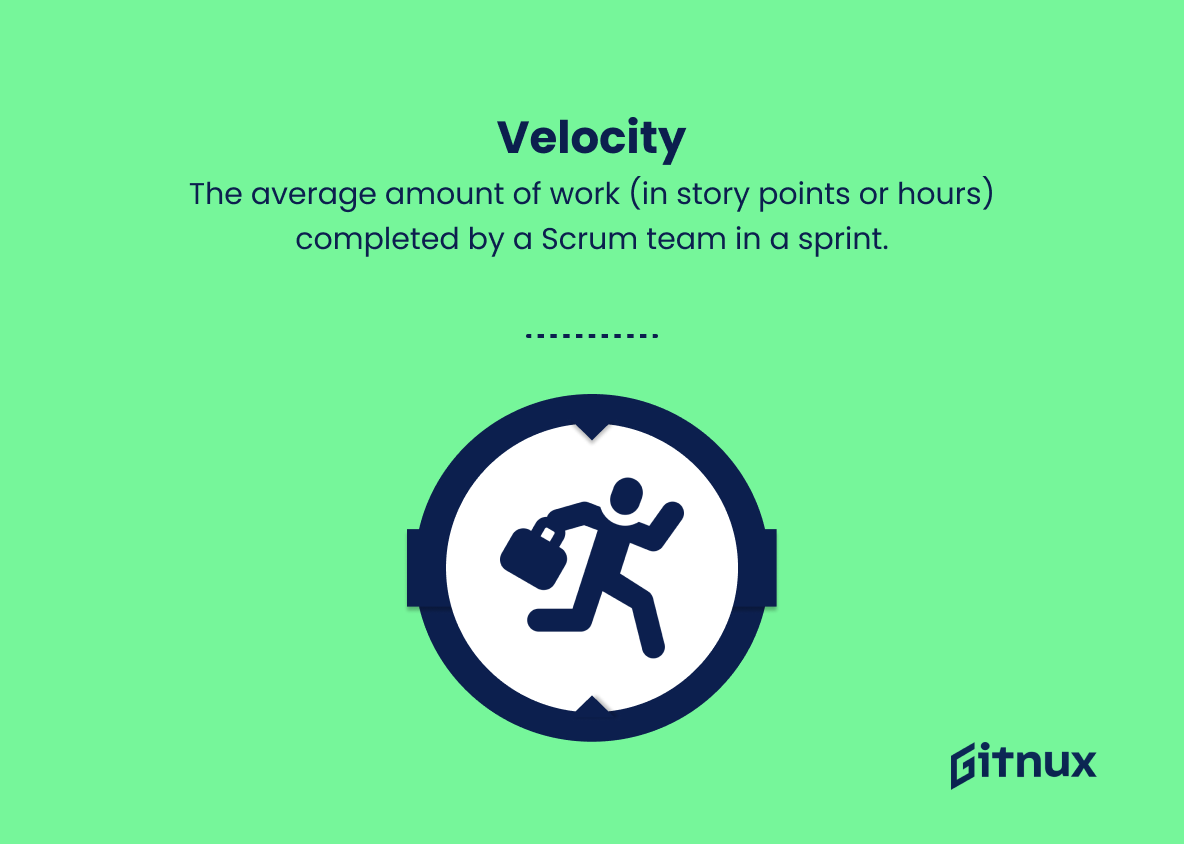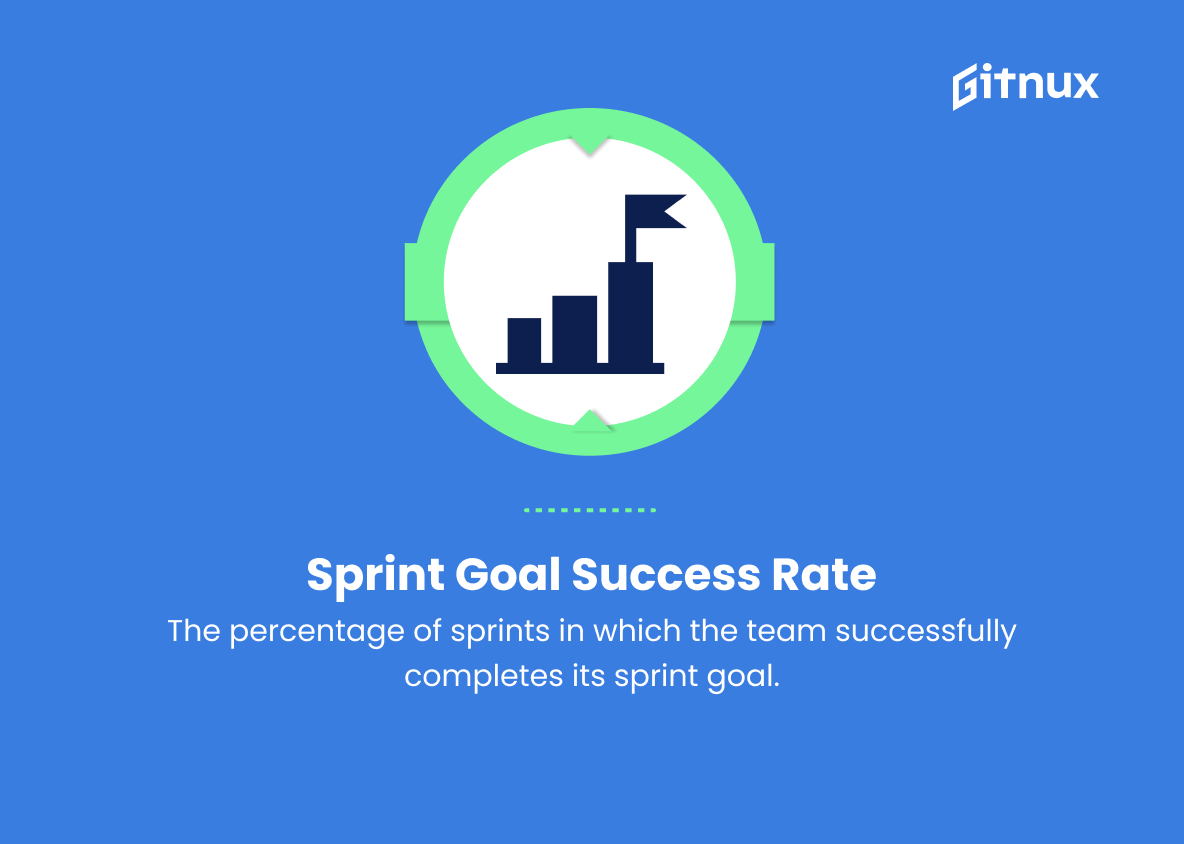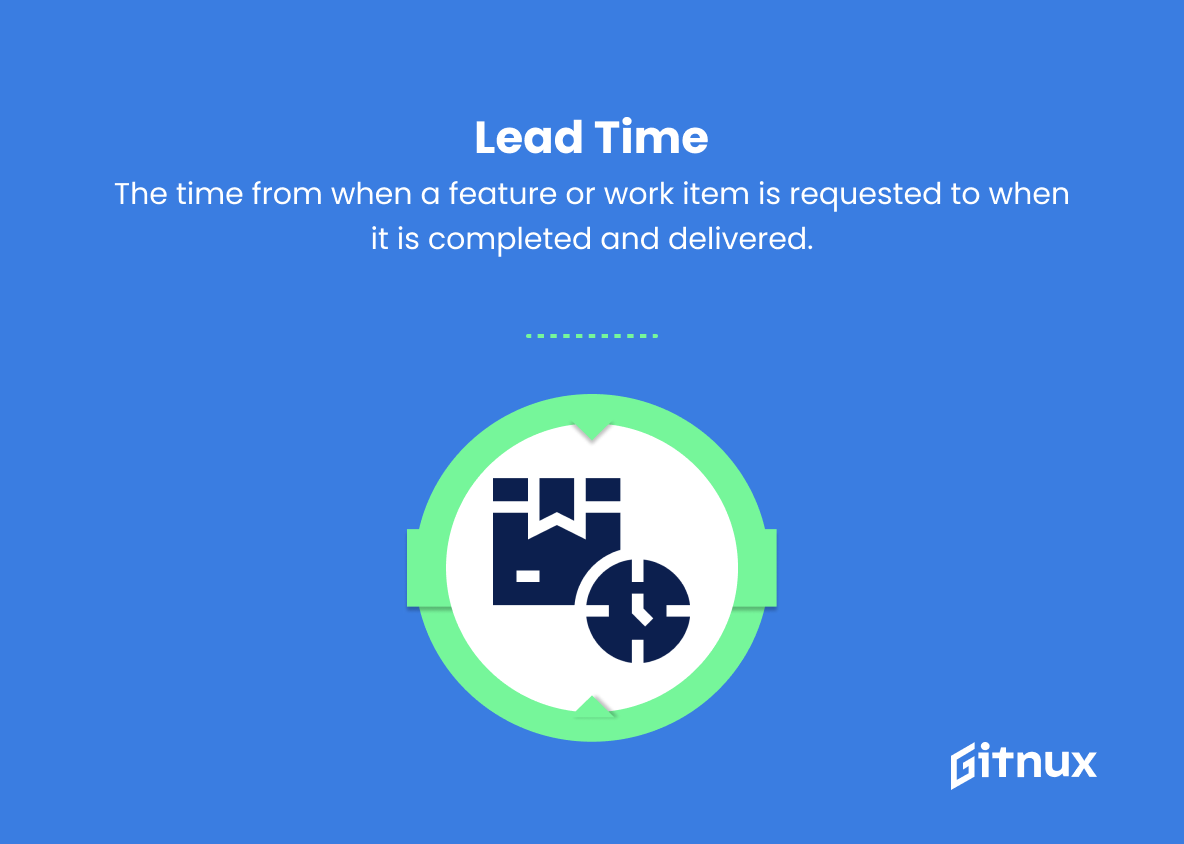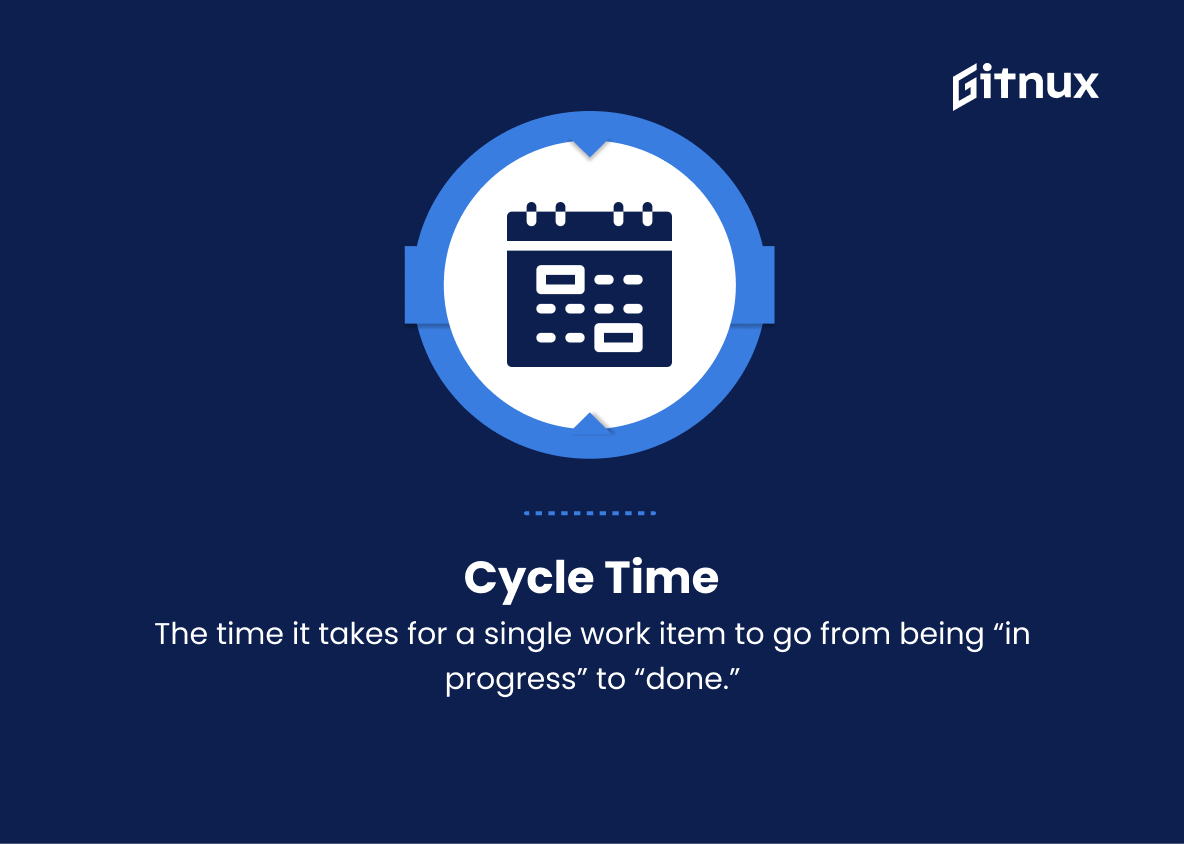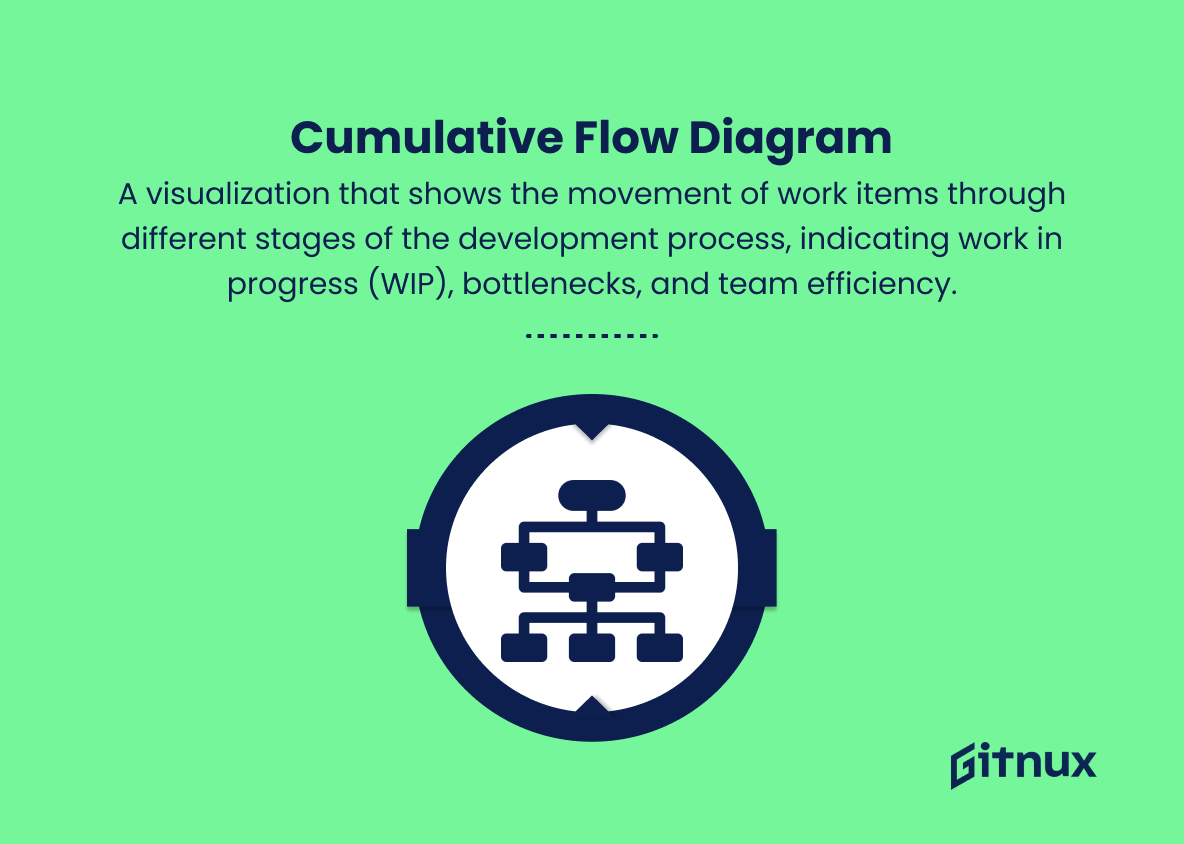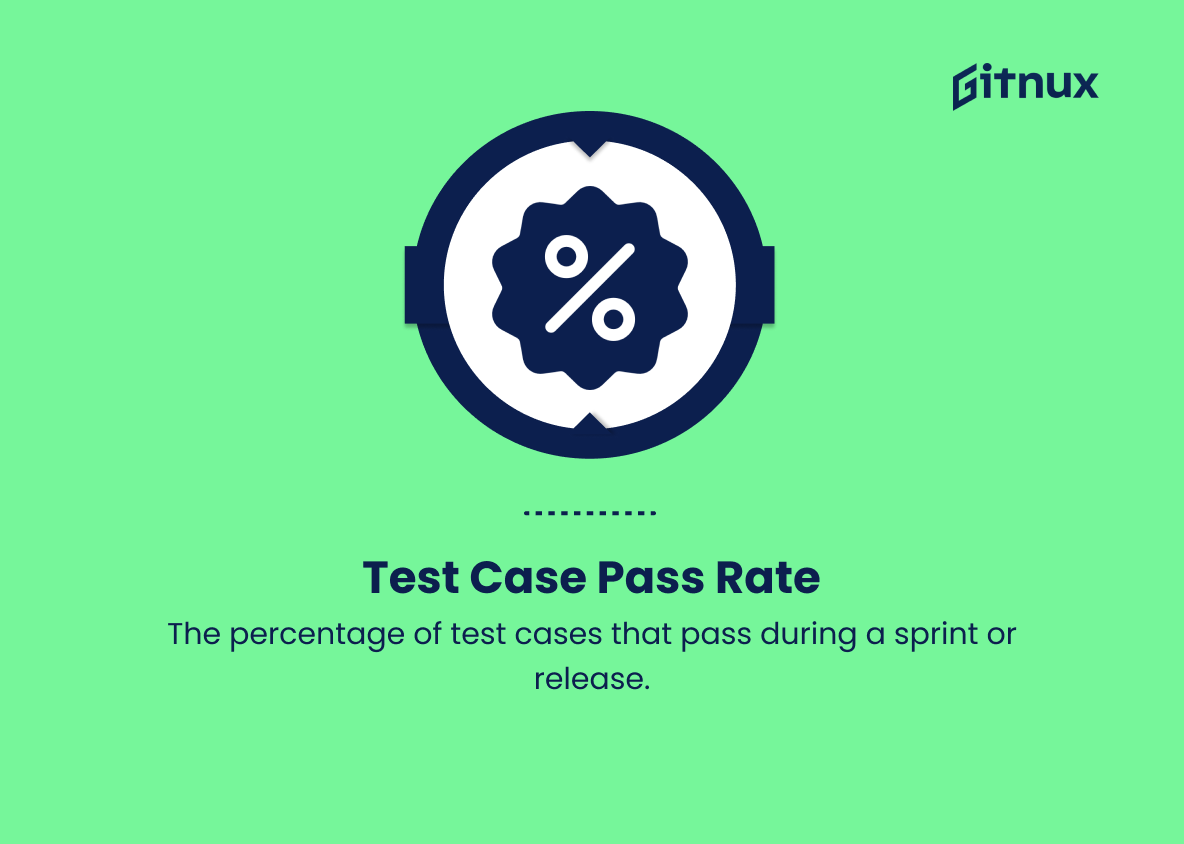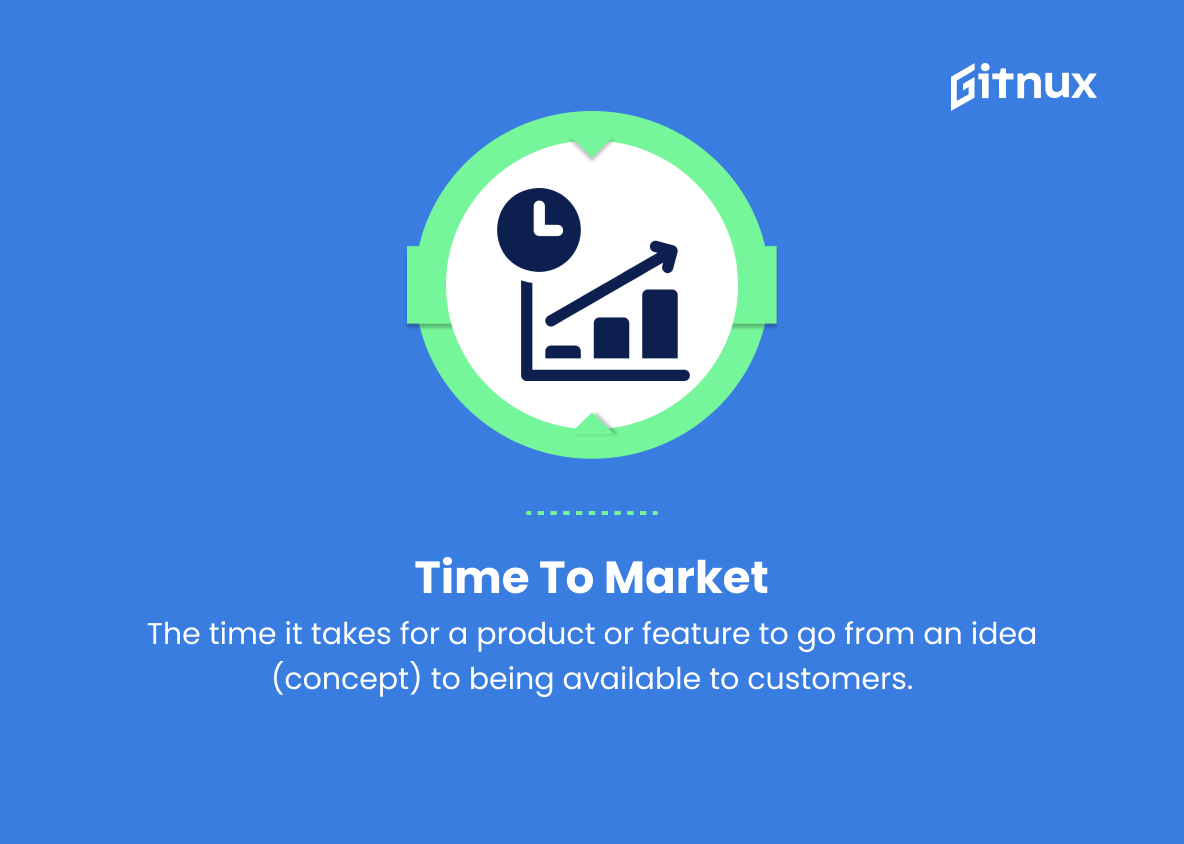In today’s increasingly competitive and complex business landscape, one of the critical factors for the success of any project is efficiently managing its various activities and tasks. Agile methodologies like Scrum have emerged as the gold standard to ensure seamless workflows and timely deliveries, enabling project teams to not only achieve but exceed their goals. Among the numerous elements that make up Scrum, metrics play a crucial role in providing transparency, fostering trust between team members, and monitoring progress.
This blog post delves into the world of Scrum Metrics, highlighting the importance of these vital indicators, discussing the key measurements to track, and offering invaluable insights to help you enhance your project’s performance and overall productivity.
Scrum Metrics You Should Know
1. Sprint Burndown Chart
A visual representation of the work remaining in a sprint, showing the progress of the team towards completing all tasks.
2. Velocity
The average amount of work (in story points or hours) completed by a Scrum team in a sprint.
3. Sprint Goal Success Rate
The percentage of sprints in which the team successfully completes its sprint goal.
4. Team Capacity
The total amount of work (in story points or hours) the team can complete in a sprint.
5. Work Item Age
The average time it takes for a work item (user story or task) to be completed after it has been added to the sprint backlog.
6. Lead Time
The time from when a feature or work item is requested to when it is completed and delivered.
7. Cycle Time
The time it takes for a single work item to go from being “in progress” to “done.”
8. Cumulative Flow Diagram
A visualization that shows the movement of work items through different stages of the development process, indicating work in progress (WIP), bottlenecks, and team efficiency.
9. Defect Density
The ratio of defects identified in the product to the total size of the product, usually measured in story points or functional size.
10. Escape Defects
The number of defects found in a product after it has been delivered to the customer.
11. Test Case Pass Rate
The percentage of test cases that pass during a sprint or release.
12. Code Churn
The amount of code that is added, modified, or deleted in a codebase within a specific period, indicating potential issues with quality, scope changes, or team efficiency.
13. Code Coverage
The percentage of code in a project that is covered by unit tests, providing insights into the overall quality of the codebase.
14. Team Member Satisfaction
A measure of the overall happiness and job satisfaction of team members, usually gathered through surveys or feedback sessions.
15. Time to Market
The time it takes for a product or feature to go from an idea (concept) to being available to customers.
Remember that selecting and tracking the right Scrum metrics largely depends on your team’s specific goals, objectives, and context, and not all metrics should be applied at once. Always prioritize the metrics that bring the most value and insights to your team and organization.
Scrum Metrics Explained
Scrum metrics play a crucial role in measuring a team’s performance and progress, providing insights and aiding continuous improvement. The Sprint Burndown Chart is a visual gauge that helps teams manage their workload effectively, ensuring they are on track to complete all sprint tasks. Velocity measures the team’s productivity over time, allowing for better predictability and planning. The Sprint Goal Success Rate demonstrates the team’s ability to deliver on their commitments. Team Capacity quantifies the available resources, informing effective capacity planning.
Work Item Age and Lead Time measure the speed of the team’s workflow, highlighting areas for improvement to reduce delays. Cycle Time tracks the time taken to complete an individual task, reflecting the team’s responsiveness. Cumulative Flow Diagrams visualize work progress, identifying bottlenecks and inefficiencies. Defect Density and Escape Defects quantify product quality, promoting higher standards and reduced customer issues. Test Case Pass Rate indicates the robustness of the software and the team’s testing efficacy.
Code Churn reveals potential quality concerns, scope changes, or inefficiencies. Code Coverage measures the test suite’s comprehensiveness, reflecting the quality of the codebase. Team Member Satisfaction affects overall team performance, promoting a positive working environment. Time to Market measures the team’s ability to innovate and deliver value to customers quickly. In selecting and tracking the most relevant metrics, Scrum teams can focus on their specific goals, objectives, and context to continuously improve and enhance their performance.
Conclusion
In conclusion, Scrum metrics are an essential part of any agile project’s success, providing valuable insights into a team’s performance and allowing for continuous improvement. By carefully choosing the right metrics to track and regularly reviewing them, teams can optimize their work processes, deliver higher quality products, and bring more value to their stakeholders.
It is important to identify which metrics best suit your unique project and team dynamic, ensuring that they are utilized effectively to create meaningful progress. Ultimately, adopting Scrum metrics will result in streamlined processes, a more engaged team, and a better overall project management experience.

